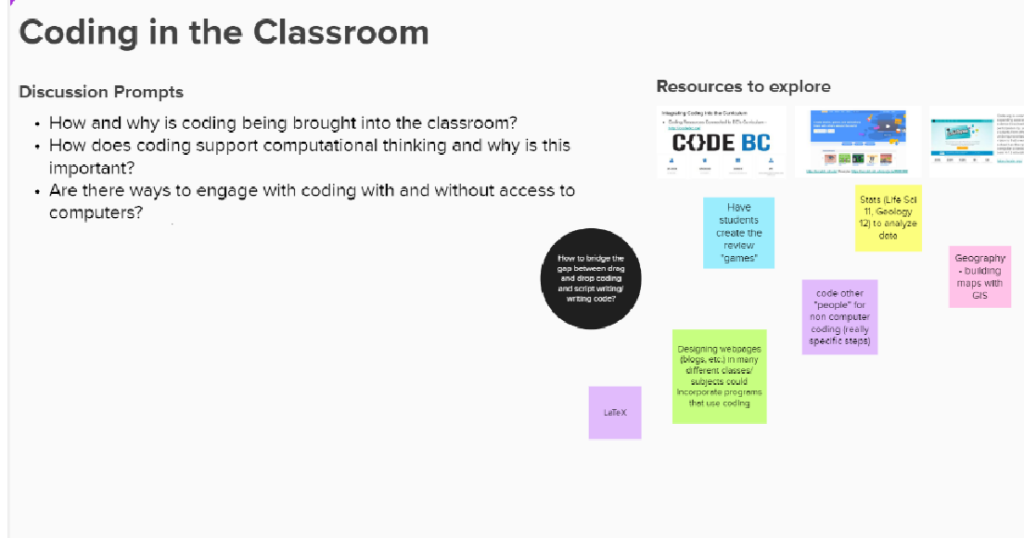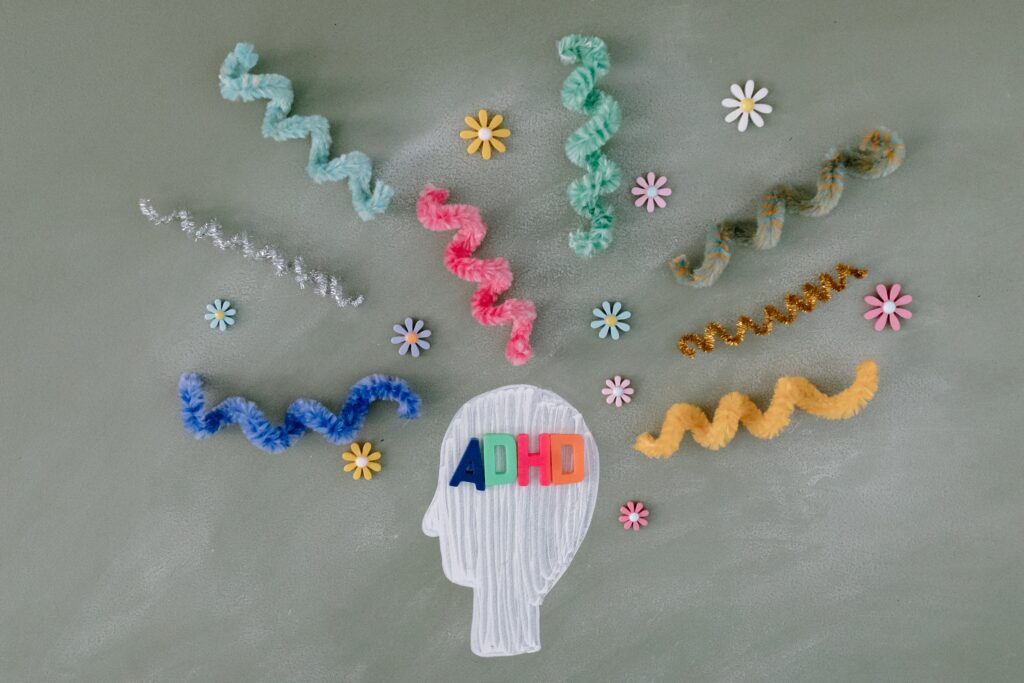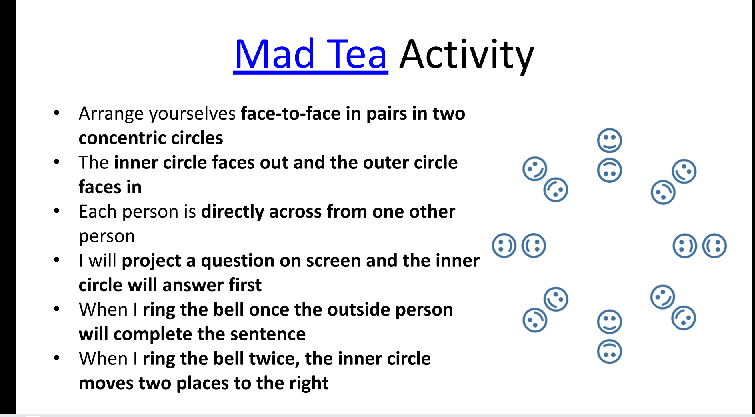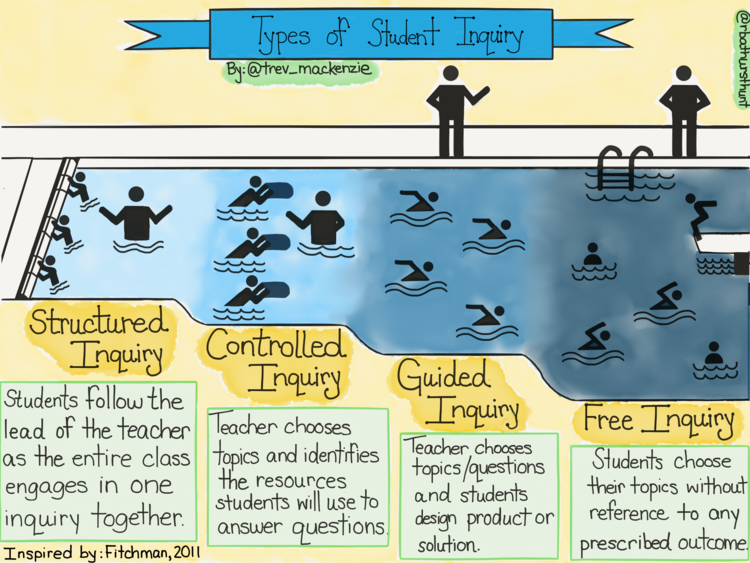The Future of Education…
“Now it’s been ten thousand years
Man has cried a billion tears
For what, he never knew, now man’s reign is through
But through eternal night, the twinkling of starlight
So very far away, maybe it’s only yesterday” – “In the year 2525” Zager and Evans
“Their system of oppression
What did it lead to?
Global robo-depression
Robots ruled by people
They had so much aggression
That we just had to kill them
Had to shut their systems down” – “The Humans are Dead” Flight of the Conchords.
B1-77y was late for class again. The family dematerializer was on the fritz because their dog Bork got into it again before B1-77y was finished in the personal sterilization tube. The thing was only meant for human-shaped objects and would get the co-ordinates wrong on anything smaller. B1-77y could already hear his mom chastising him about not putting up the doggy gate around the dematerializer. Not to mention, Bork rematerialized within neighbour K-41ty’s home defence robot that they had stored in the garage. Bork was now an 8-foot tall half-dog-half-mecha killing machine and he hated it. He wouldn’t stop whimpering and firing 25 mm recoilless shells into the air out of frustration. Luckily, K-41ty had the day off and could Bork-sit while B1-77y went to school. He would have to hurry and get Bork to the Atomic-separator or he would be in big Doo Doo with Ma and Pa. But that was later news, first B1-77y had to go analog to get to school. He put on his rebreather before heading out. A short trip like this oughta be fine but he could hear his Ma in the back of his head warning him, “Listen, B1-77y you’ll get the Covidcancer if you aren’t careful!”. So, he was careful. He didn’t want to tempt the gods of teenage punishment too much. He walked a couple of hundred meters to the circulatory pod. There were a couple of people ahead of him and it only sat 6. Though, one came every 90 seconds so he didn’t have to wait long. The pod took him and an elderly passenger whose shiny silver climate protection suit was very tight and very unwashed. The pod zipped underground and after a few slight jerks and drops, B1-77y and his smelly, and hypnotically jiggly co-pilot were at the hub. The door on the pod was cranky, and wouldn’t finish opening all the way. B1-77y held it more open his Pod-pal so they wouldn’t have to duck as they slowly made their exit. They turned around to smile at B1-77y. He smiled back, But, all B1-77y could think is, “First my dog, now I smell like an old person, great.”
The hub was bustling. People and a variety of personal bots were buzzing around. Hovering above, in a grid-like fashion, were dozens of drones. Most of them were tethered to the station with a thin line that acted as a power supply. However, a few larger ones, that slowly patrolled in a pre-programmed manner, were unchained. The announcements for the air-trams arrival came from all of these larger drones all at once. The volume was loud enough to cut across the ambient noise level of the station but not so loud as to deafen any of the commuters. “Air Tram a76 North arriving at Hub 07, Please scan your P.I.D. as you get on board. Have a nice day!”. B1-77y’s personal integrated device was a youth device so it dangled around his wrist. Once you turned 18 you could opt for an implant, which most people did. It was just way more convenient. Before, the airlocks could shut B1-77y saw one of the drones LED strips turn red, and heard a robotic voice, “L3n Brown, SN B01 207 698, Stop right there, criminal scu…” but it was cut off with the door shutting. As the air tram pulled away he saw a man in soiled non-protective clothes shaking violently to the ground as half a dozen drones launch their taze prods into him. “Sucks to be him” though B1-77y.
The rest of B1-77y’s ride to school was uneventful.
He arrived a little late. The school security liaison and two guard robots were still at their post at the front of the school.
“Hey B1-77y, late again I see”
“Yeah M4ck, dematerializer is on the fritz.”
“It’s always something with you haha” He laughed, “You know the drill, step through the weapons scanner”
They had the new model of the scanner at their school. It was much more accurate and didn’t require you to stand in a T pose when it scanned you.
“Looks good B1-77y. Now, get to class”
One of the guard robots said in a particularly canned voiced,
“R-e-m-e-m-b-e-r B1-77y get A’s o-r g-e-t v-a-p-o-r-A-zed H-a H-a H-a”
With a metallic clunk, the other robot smacked the shoulder of the jokester-bot with his arm blaster.
“121ck, y-o-u c-a-n-n-o-t s-a-y t-h-i-n-g-s l-i-k-e t-h-a-t”
“H-e k-n-o-w-s I-m j-o-k-i-n-g, r-i-g-h-t B1-77y?”
“Sure, 121ck Seeyah guys” B1-77y retorted, and as he ran off he could hear one of the robots start,
“W-e a-r-e n-o-t g-u-y-s. W-e a-r-e….”
B1-77y ran up to the school. Most kids did VRPS or Virtual Reality public school, which was basically a program that ran K-12 in the digital-space. It barely got an update every 5 years though. So Bi-77y’s parents shelled out the extra cred so he could attend class in real space. That’s why they weren’t home. Both of them worked and sometimes Bi-77y wished he did VRPS because he felt so much pressure to do well for them. Also, then he could hang out with Bork. And Bork was awesome.
Instead, he ran up to the wall rack, scanned his PID, and pressed the ejector. A clear square tablet came out. He flashed it in front of its face and it booted up. Two late homework notifications, “Yeah, Yeah I know,” he said to himself. He quickly walked to class. Most of the classes were electro chromatic plasti-glass-walled so you could see in and the class could see out at you. That is if they didn’t have curtain mod engaged. His class didn’t have the curtain mode engaged. So he tried to enter as inconspicuously as he could. Fortunately, the teacher had come as a holo today so their observation camera was tracking their avatar. Bi-77y hated when hated being called out this teacher loved to call out late students. The camera tracked to where B1-77y was seated just as he got situated. His bad luck must have been used up on Bork. Bork was always taking one for the team
In the class, the students were a mix of attentive, sending sneaky messages on their transmitters, and cycling through microvids on their PD’s. His classmates with iMatrix 10’s were particularly distracted. It wrapped around your wrist, only the user could see the video, and its audio was sent to the student’s personal transmitters so only they could hear it! The thing was basically designed to tank your performance characterization.
Two particularly giggly students were tempting fate, jamming the teachers’ holo avatar signal so it was wearing the latest popular avatar accessory. A spiky dog chain necklace that said in bold font, “The Bad Dog”. Their fun was cut short when they failed to de-accessorize her before the observation camera moved to where her avatar was located. Her voice came through their tablets, “That’s it. I’m putting on the PD jammer. ” The students that were once giggling with the trouble makers now looked at them accusatorily.
The teacher continued, “We’ll continue free work later. If you would please load lesson D88: Human-Mutant Biology Theory, we are continuing from last week’s lesson on Human-Mutant social history. S4m-4nth4 can you remind us what our big takeaway was.”
S4m-4nth4, one of the lead gigglers, couldn’t help herself, “Just because Muty’s munch our garbage doesn’t mean they don’t have feelings?”
“C’mon, S4m” The teacher chastised, “Try again”
“Uh, Muty-I mean Mutated Persons, are people just like us.”
“That’s right, does anybody else have anything to add?”
“We are all mutants just some are mutated on the outside and some on the inside and some more than others?”
“That’s right, every single one of you has genetic deviation, it’s unavoidable after the Corporate-Nation war.” She continued…
“However, when should you alert your PID”
B1-77y hesitantly raised his hand.
“Uhh, when we come across a flesh-eater?”
“That’s right annnnd….”
“Flesh eaters come in all shapes and sizes. Person and bot?”
“That’s right, so how do we know they are a flesh-eater?”
B1-77y thought hard and a couple of painful seconds past
“B0B do…”
B1-77y cut her off as the answer suddenly came to him,
“Because they wear meat trophies!”
“Good job B1-77y!”
B1-77y’s tablet glowed green for a second indicating a positive performance characterization addition. Maybe today wasn’t going to be so bad…



























